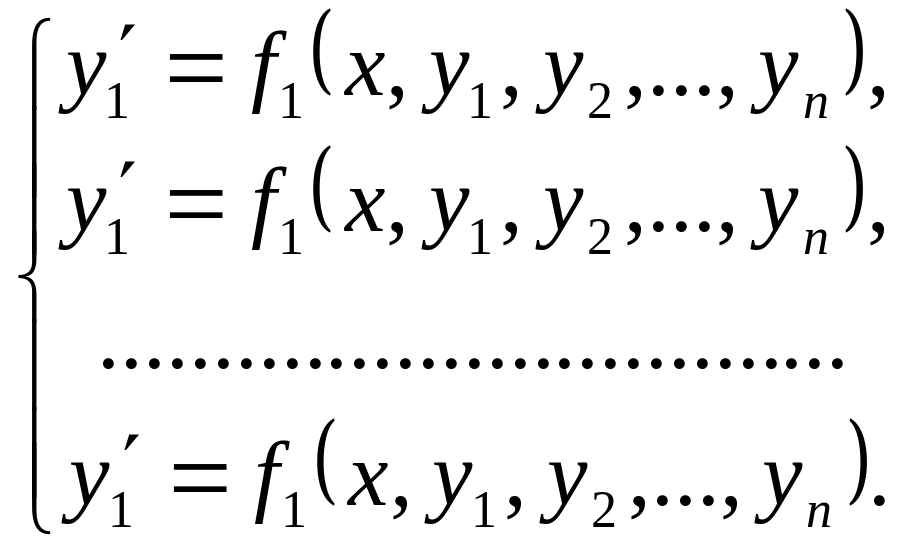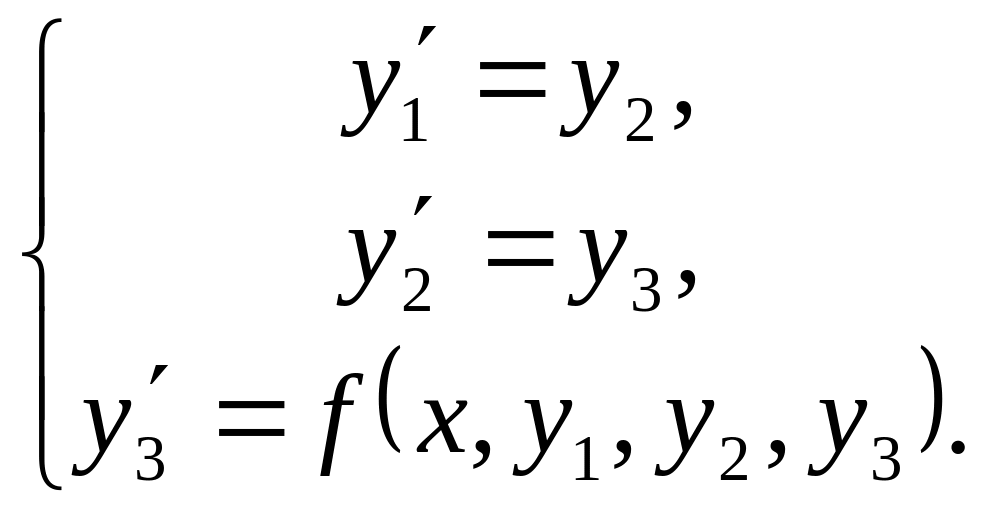
- •Донецьк 2006
- •Integral calculus lecture no. 19. Primitive and indefinite integral
- •Point 1. Primitive
- •Properties of primitives
- •Point 2. Indefinite integral and its properties
- •Point 3. Integration by substitution (change of a variable)
- •Point 4. Integration by parts
- •Lecture no.20. Classes of integrable functions
- •Point 1. Rational functions (rational fractions)
- •Point 2. Trigonometric functions
- •Universal trigonometrical substitution
- •Other substitutions
- •Point 3. Irrational functions
- •Quadratic irrationalities. Trigonometric substitutions
- •Quadratic irrationalities (general case)
- •Indefinite integral: Basic Terminology
- •Lecture no. 21. Definite integral
- •Point 1. Problems leading to the concept ofa definite integral
- •Point 2. Definite integral
- •Point 3. Properties of a definite integral
- •I ntegration of inequalities
- •Point 4. Definite integral as a function of its upper variable limit
- •Point 5. Newton-leibniz formula
- •Point 6. Main methods of evaluation a definite integral Change of a variable (substitution method)
- •Integration by parts
- •Lecture no.22. Applications of definite integral
- •Point 1. Problem – solving schemes. Areas
- •Additional remarks about the areas of plane figures
- •Point 2. Arс length
- •Point 3. Volumes
- •Volume of a body with known areas of its parallel cross-sections
- •Volume of a body of rotation
- •Point 4. Economic applications
- •Lecture no. 23. Definite integral: additional questions
- •Point 1. Approximate integration
- •Rectangular Formulas
- •Trapezium Formula
- •Simpson10 formula (parabolic formula)
- •Point 2. Improper integrals
- •Improper integrals of the first kind
- •Improper integrals of the second kind
- •Convergence tests
- •Point 3. Euler г- function
- •Definite integral: Basic Terminology
- •Lecture no. 24. Double integral
- •Point 1. Double integral
- •Point 2. Evaluation of a double integral in cartesian coordinates
- •Point 3. Improper double integrals. Poisson formula
- •Point 4. Double integral in polar coordinates
- •Double integral: Basic Terminology
- •Differential equations lecture no.25. First and second order differential equations
- •Point 1. General notions
- •Point 2. Integrable types of the first order differential equations (of de - 1)
- •1. Separated de-1 (de-1 with separated variables)
- •2. Separable de-1 (de-1 with separable variables)
- •3. Homogeneous de-1
- •4. Linear de-1
- •5. Bernoulli de-1
- •Point 3. Order reducing second order differential equations
- •Lecture no.26. Second order linear differential equations
- •Point 1. General notions
- •Point 2. Linear dependence and independence
- •Point 3. Homogeneous equations Structure of the general solution of so lhde
- •So lhde with constant coefficients
- •Point 4. Nonhomogeneous equations Structure of the general solution of so lnde
- •Method of variation of arbitrary constants
- •Method of undetermined coefficients for so lnde with constant coefficients
- •Lecture no. 27. Systems of differential equations. Approximate integration of differential equations
- •Point 1. Normal systems of differential equations
- •Point 2. Approximate integration of differential equations Successive approximations method
- •Euler method
- •Differential equations: Basic Terminology
- •Bibliography textbooks
- •Problem books
- •Contents
Lecture no. 27. Systems of differential equations. Approximate integration of differential equations
POINT 1. NORMAL SYSTEMS OF DIFFERENTIAL EQUATIONS
POINT 2. APPROXIMATE INTEGRATION OF DIFFERENTIAL EQUATIONS
Point 1. Normal systems of differential equations
Def. 1. Normal system of differential equations
with n unknown
functions
![]() is called the next system
is called the next system
 ( 1 )
( 1 )
Def. 2. Solution of
a normal system (1) is called an ordered set of n
functions
![]() which satisfies every equation of the system.
which satisfies every equation of the system.
Def. 3. Cauchy problem for a normal system (1) is called a problem of finding solutions of the system which satisfy the next initial conditions
![]() ( 2 )
( 2 )
Theorem 1. Let
the functions
![]() and all their first order partial derivatives with respect to
and all their first order partial derivatives with respect to
![]() be continuous in some domain D of
the
be continuous in some domain D of
the
![]() -dimensional
space
-dimensional
space![]() .
Then for any point
.
Then for any point
![]()
Cauchy problem (1), (2) has unique solution.
Def. 4. The
general solution of
a normal system (1) (in the domain D of
the theorem 1) is
called an ordered set of n functions
![]() ,
containing n arbitrary
constants, which satisfies two conditions: a) this set is a solution
of the system for any values of
,
containing n arbitrary
constants, which satisfies two conditions: a) this set is a solution
of the system for any values of
![]() ;
b) for any initial conditions (2) (if
)
it is possible to find values
;
b) for any initial conditions (2) (if
)
it is possible to find values
![]() of arbitrary constants to satisfy these conditions.
of arbitrary constants to satisfy these conditions.
It can be proved that any system of differential equations, in particular every nth-order differential equation can be reduced to a normal system.
Let, for example, be given the third order differential equation
![]() .
.
Putting
![]() we get a normal system of equations with three unknown functions
we get a normal system of equations with three unknown functions
![]()

A normal system (1) can often be reduced to one nth-order differential equation with the help of so called elimination method.
Let’s confine ourselves by a normal system of
two linear equations with unknown functions
![]() and constant coefficients
and constant coefficients
 ( 3 )
( 3 )
We differentiate the first equation and then substitute the first derivatives of by right sides of the equations of the system,
![]()
![]()
![]() ,
( 4 )
,
( 4 )
where
![]() .
.
From
the first equation of the system we find
![]() (if this is possible) and substitute in the equation (4),
(if this is possible) and substitute in the equation (4),
![]() ,
( 5 )
,
( 5 )
![]() ,
,
![]() ,
( 6 )
,
( 6 )
where
![]() .
.
Therefore the system of equations (3) is reduced
to the second order
![]()
is its general solution. Finding from (5),
 ,
,
we get the general solution of the system (3)
![]() .
.
Ex. 1. Solve Cauchy problem for a system
![]()
with
initial conditions
![]() .
.
Using the theory we have
![]()
![]() .
.
The general solution of the system
![]() .
.
Taking into account the initial conditions we get

Answer. The solution of Cauchy problem
![]() .
.
Ex. 2. Find the general solution of the system
![]()
By the theory
![]()
![]() ,
,
a)
![]() ;
;
b)
![]()
![]() ,
,
![]() .
.
The general solution of the system
![]() .
.
